UK PMI Manufacturing was finalized at 46.2 in October, down from September’s 48.4. That’s the lowest level in 29 months, and the reading has been below 50 mark for three consecutive months.
S&P Global noted that output, new orders and new export business all declined. Job cuts were registered for the first time in almost two years. Input cost and selling price inflation eased slightly.
Rob Dobson, Director at S&P Global Market Intelligence, said: “UK manufacturing production suffered a further decline at the start of the fourth quarter, with the sector buffeted by weak demand, high inflation, supply-chain constraints and heightened political and economic uncertainties…. The darkening situation also knocked business optimism down to a two-and-a-half year low… On current form manufacturing is in no position to help prevent the broader UK economy from sliding into recession.”




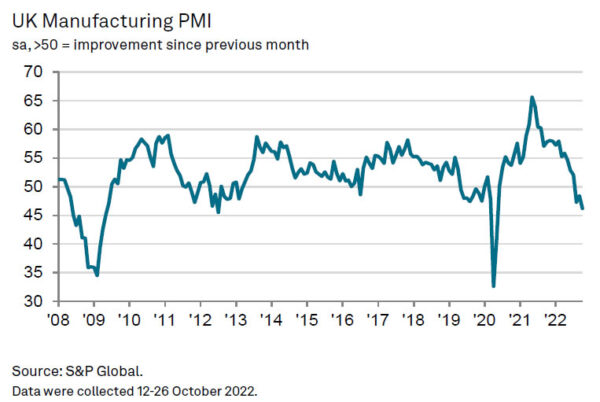
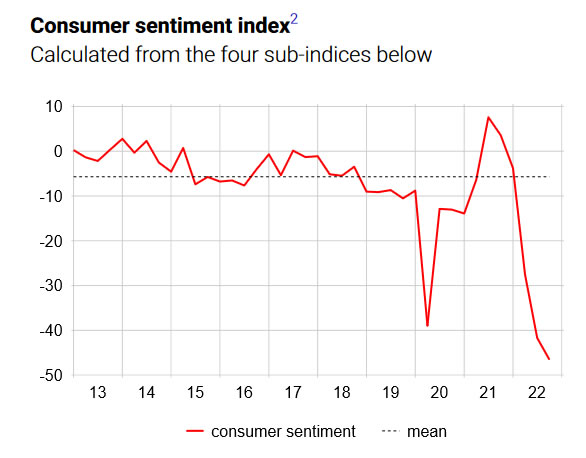
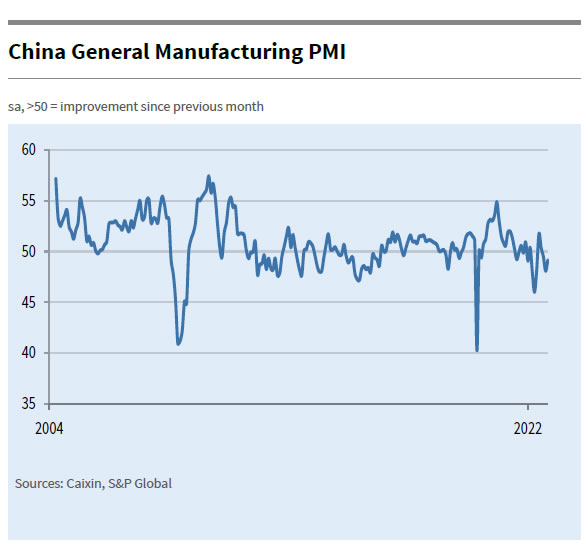
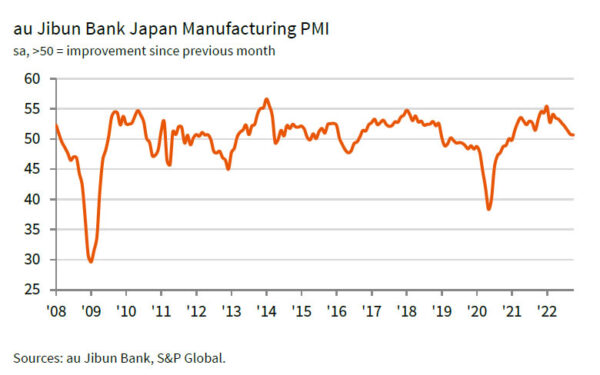
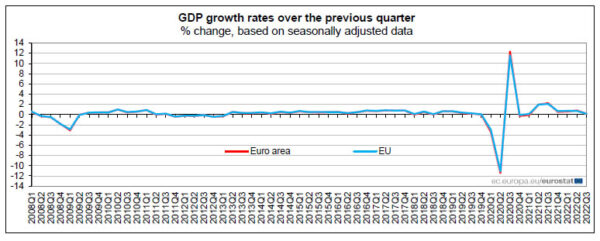
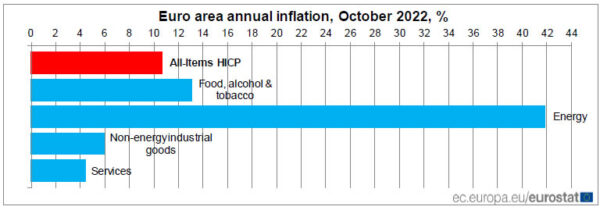
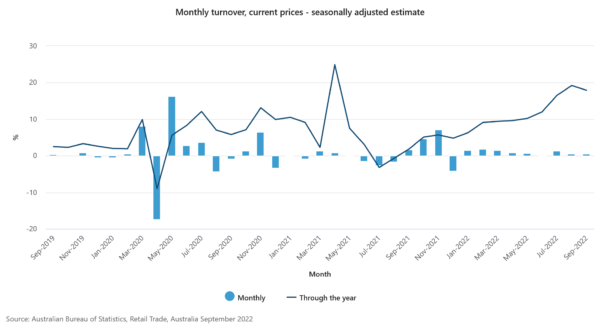
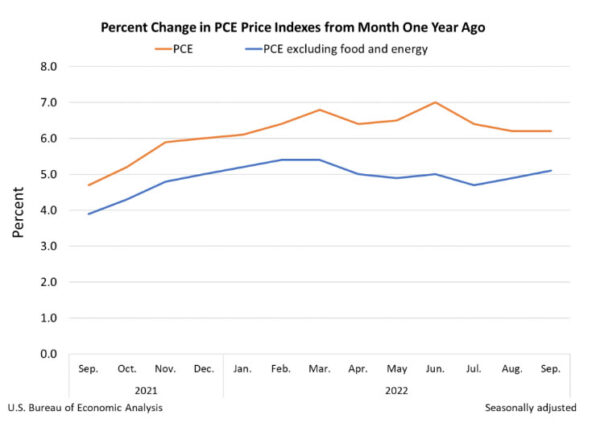
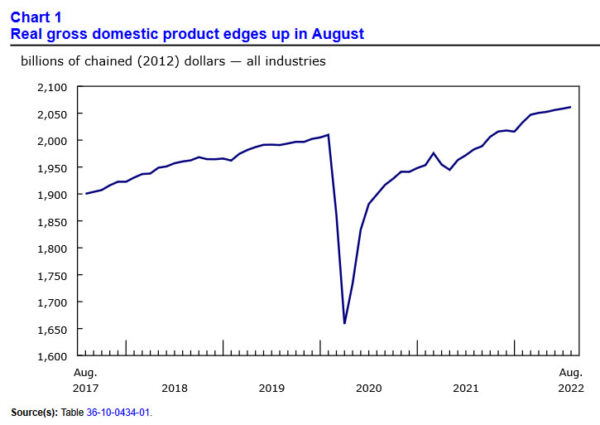
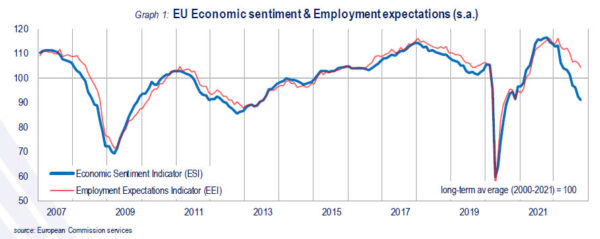
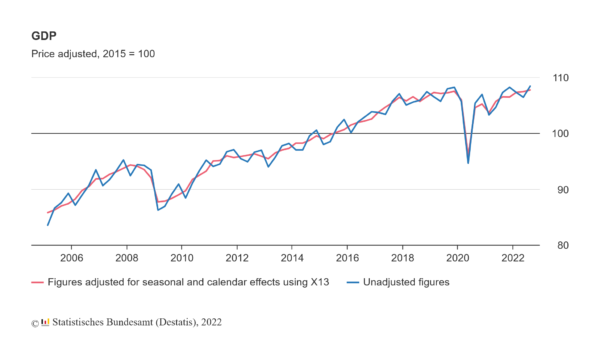
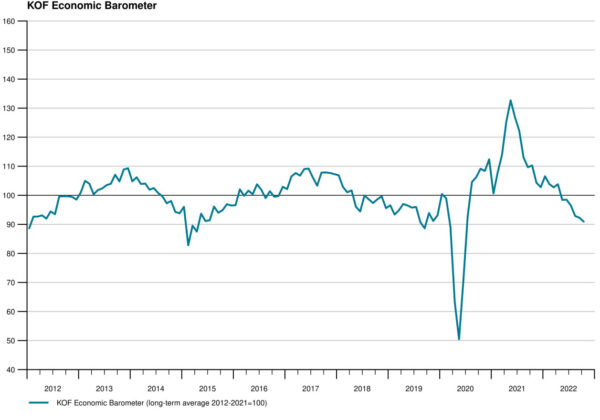

US ISM manufacturing dropped to 50.2, prices decreasing for the first time since May 2020
US ISM Manufacturing PMI dropped slightly from 50.9 to 50.2 in October, a touch above expectation of 50.0. Looking at some details, new orders rose 2.1 to 49.2. Production rose 1.7 to 52.3. Employment rose 1.3 to 50.0. Supplier deliveries dropped -5.6 to 46.8. Inventories dropped -3.0 to 52.5. Prices dropped -5.1 to 46.6.
ISM noted that price index indicated decreasing prices for the first time since May 2020. Mentions of large-scale layoffs were absent from panelists’ comments, indicating companies are confident of near-term demand. Overall, the PMI corresponds to a 0.5% annualized growth in real GDP.
Full release here.